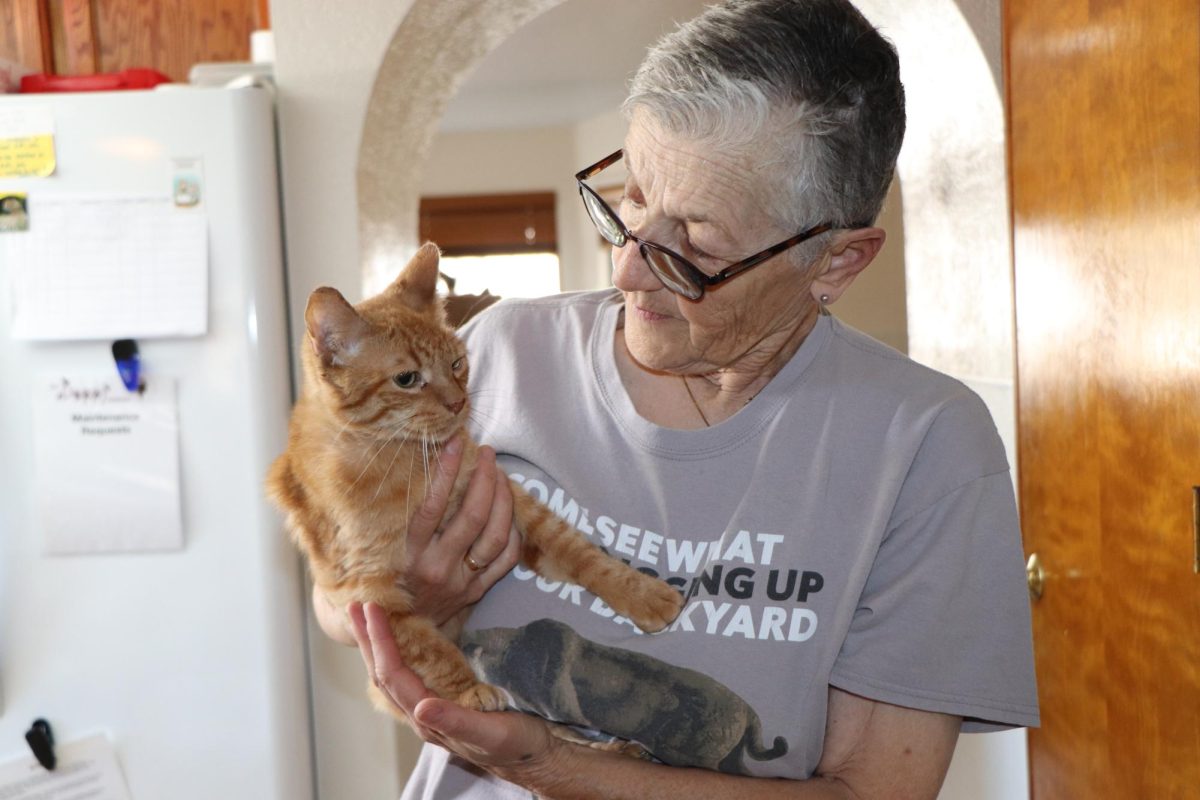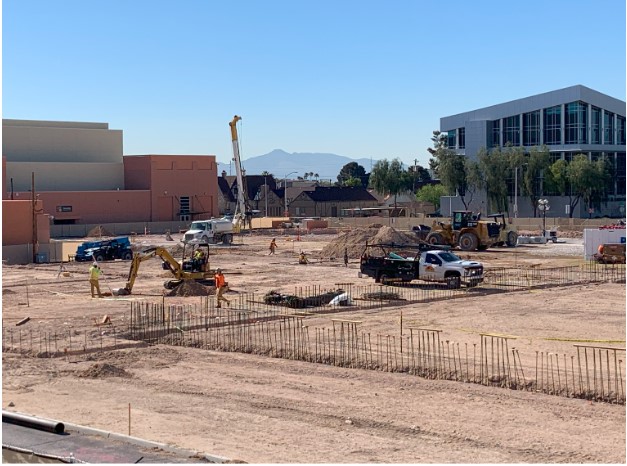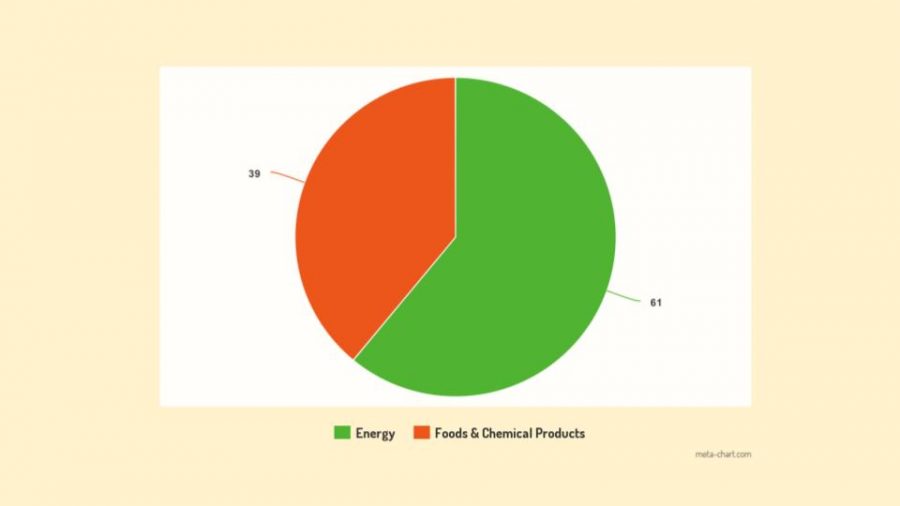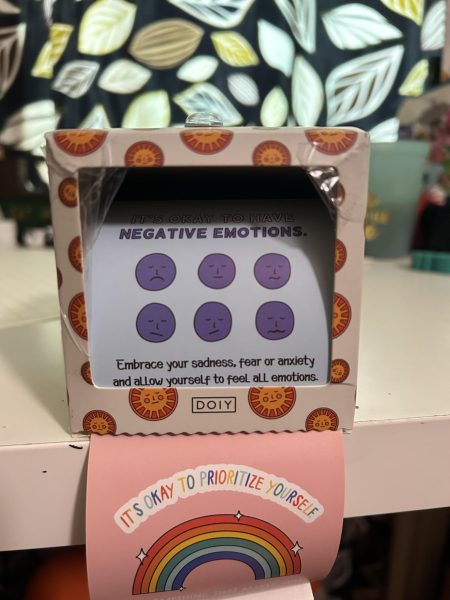Palm Oil Deforestation
How Palm Oil is Used
October 22, 2021
Palm oil, a commonly used vegetable oil found in almost everything, has caused much damage to our diverse rainforests and the safety of the animals that inhabit them. This oil has caused deforestation, with more than 80% of its deforestation being from Indonesia and Malaysia. High in saturated fats, this oil can be found in anything from your shampoo and conditioner to frozen pizza and cookies. This oil comes from the flesh of the fruit found on palm oil trees.
Palm oil is used in a variety of things requiring there to be a large amount produced. Each year about 66 tons of palm oil are produced, with 61% being used as energy and 39% in foods and chemical products. As a consequence of this consumption, palm oil plantations cover more than 27 million hectares of Earth, leaving a significant impact on the planet.
Palm oil deforestation is a great contributor to global warming and has caused CO2 levels in areas with these plantations to rise. The article, Palm Oil – Deforestation for Everyday Products, states, “As a consequence, Indonesia – the world’s largest producer of palm oil – temporarily surpassed the United States in terms of greenhouse gas emissions in 2015. With their CO2 and methane emissions, palm oil-based biofuels actually have three times the climate impact of traditional fossil fuels.”
Indonesia and Malaysia produce 85% of palm oil and supply 42 countries. The deforestation levels from palm oil rose between 1989 and 2013, with Southeast Asia accounting for 45% of deforestation and South America being just over 30%.
Palm oil also happens to affect animals as it harms some already endangered species that are in the forests they deforest; according to the article 8 Things to Know About Palm Oil, “Palm oil has been and continues to be a major driver of deforestation of some of the world’s most biodiverse forests, destroying the habitat of already endangered species like the Orangutan, pygmy elephant, and Sumatran rhino.” It is assumed that the expansion of this deforestation will continue as 30% of the forests suitable for palm oil plantations are left unprotected, and more small-scale companies are beginning production.
To create a healthier Earth, governments and companies are making efforts to minimize their impact on the environment from palm oil plantations. The Roundtable on Sustainable Palm oil, or the RSPO, was formed in 2004 to help with creating more sustainable production of this oil. Their goal is to make sure that the imports people receive are sustainable. With this in place, 70% of the UK’s imports have been sustainable.
The article, 8 Things to Know About Palm Oil, states, “They set a commitment for 100% of the palm oil used in the UK to be from sustainable sources that don’t harm nature or people. In 2019, 70% of the total palm oil imports to the UK were sustainable.” Another plan introduced was the No Deforestation, No Peat, and No Exploitation (NDPE) commitments. It is not as simple as switching to other types of oil as they would take up four to ten times more land and shift this problem to other habitats. The NDPE focuses on the plantations themselves and how they practice in their production. It is built to help avoid deforestation of areas, having no new developments on peatland, and no exploitation of their workers.
Palm oil affects much of our world and is a major contributor to deforestation. It not only affects humans and our Earth, but also animals that are already endangered. In addition, this industry is slowly growing leaving the possibility of greater deforestation if these suitable forests are not protected. While efforts are being made to improve conditions, it will take time and effort on the side of the producers and consumers of palm oil.
Sources
“8 Things to Know about Palm Oil.” WWF, www.wwf.org.uk/updates/8-things-know-about-palm-oil.
Gaworecki, Mike. “Here’s Where Tropical Forests Have Been Destroyed for Palm Oil over the Past 25 Years.” Mongabay Environmental News, 18 Aug. 2016, news.mongabay.com/2016/08/heres-where-tropical-forests-have-been-destroyed-for-palm-oil-over-the-past-25-yearsars/.
“Palm Oil – Deforestation for Everyday Products.” Palm Oil – Deforestation for Everyday Products – Rainforest Rescue, www.rainforest-rescue.org/topics/palm-oil.
“Palm Oil & Deforestation ” European Palm Oil Alliance.” European Palm Oil Alliance, 12 July 2021, palmoilalliance.eu/palm-oil-deforestation/.
“Palm Oil Deforestation: How to Comply with No-Cut Commitments.” EARTH OBSERVING SYSTEM, 31 May 2021, eos.com/blog/palm-oil-deforestation/.





































